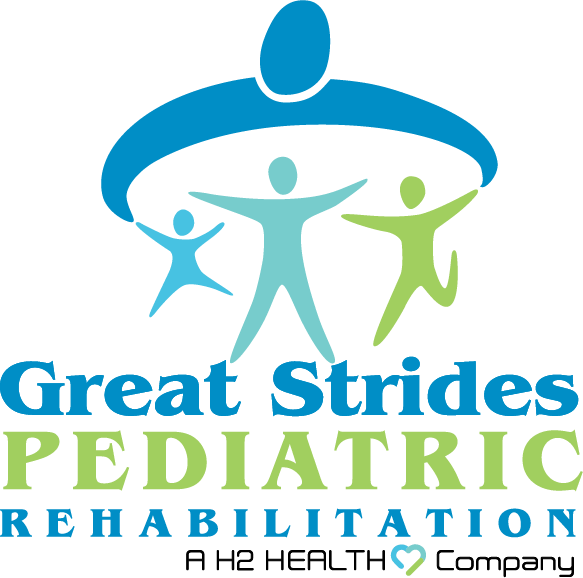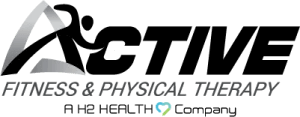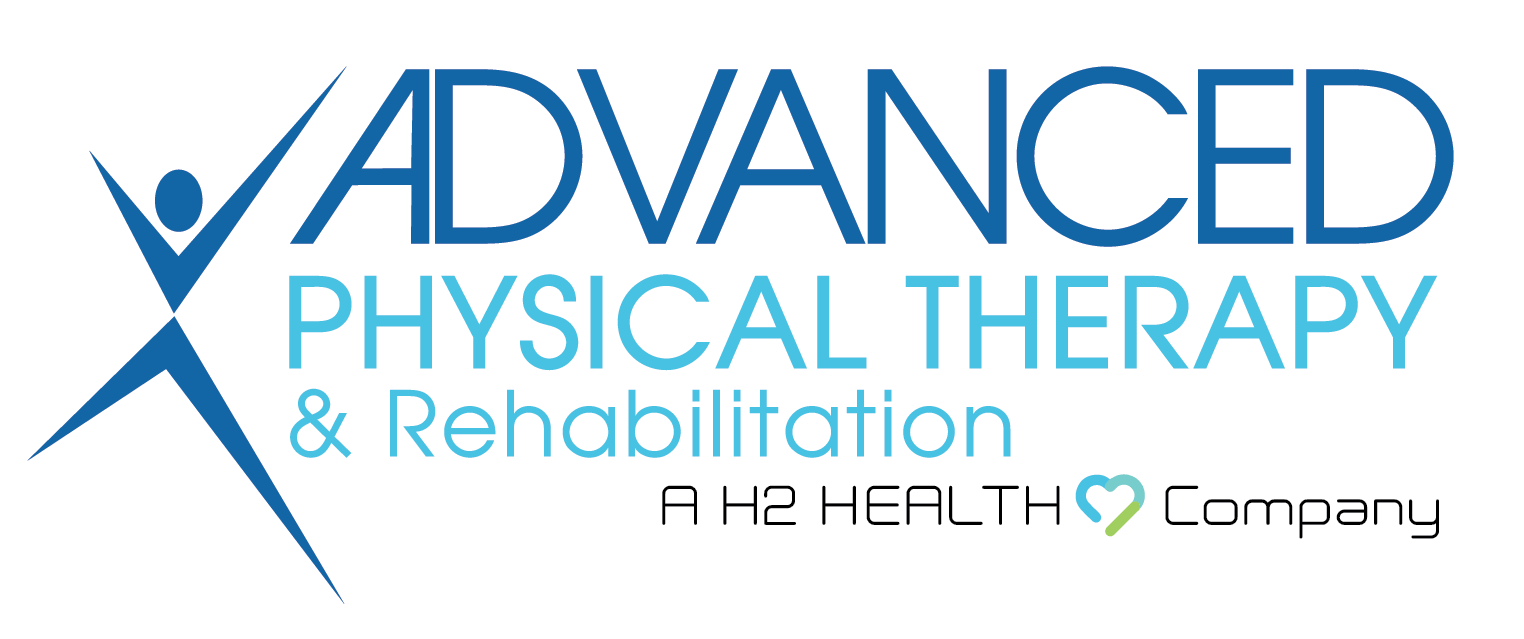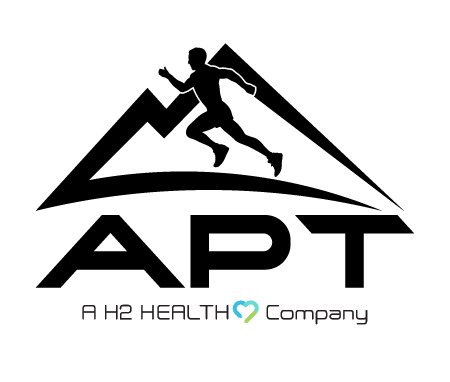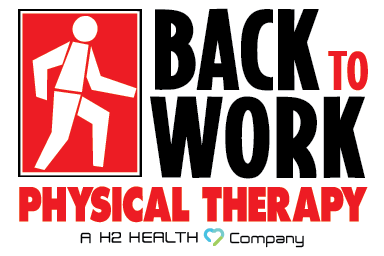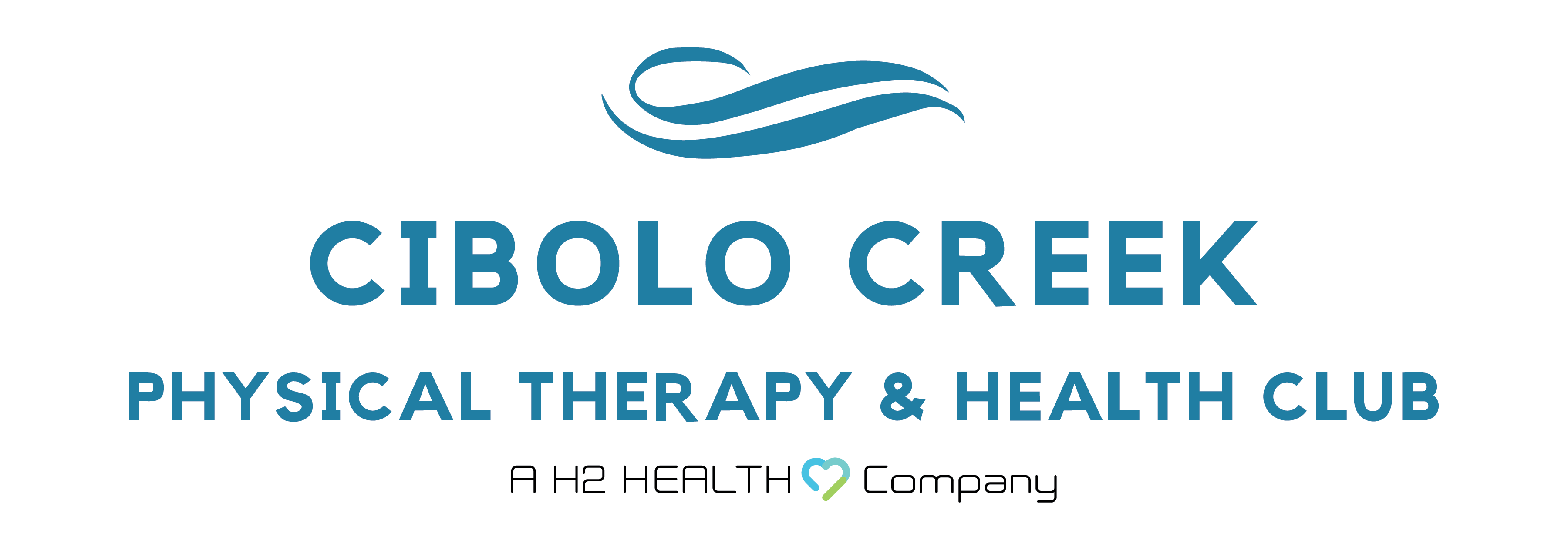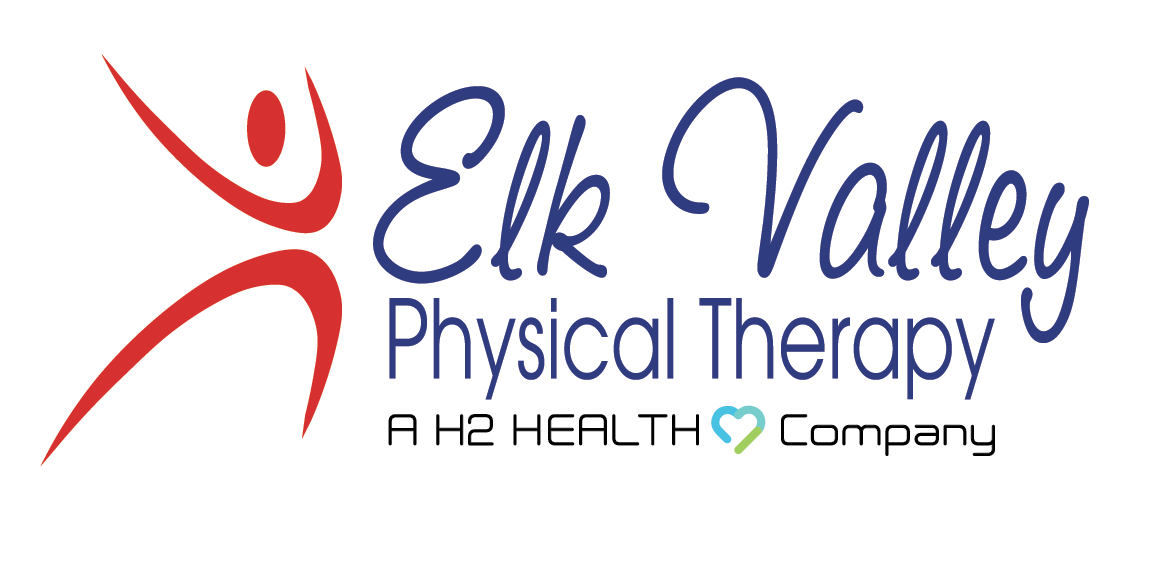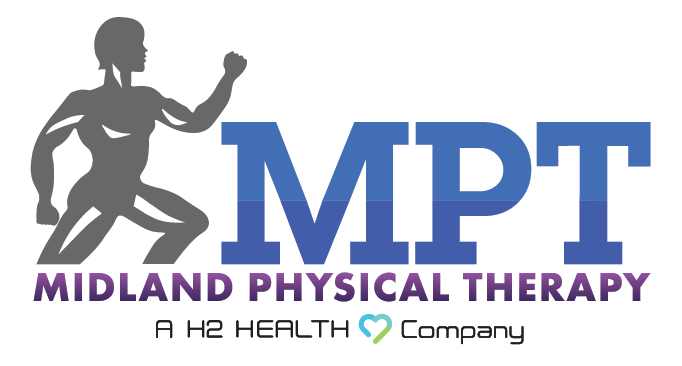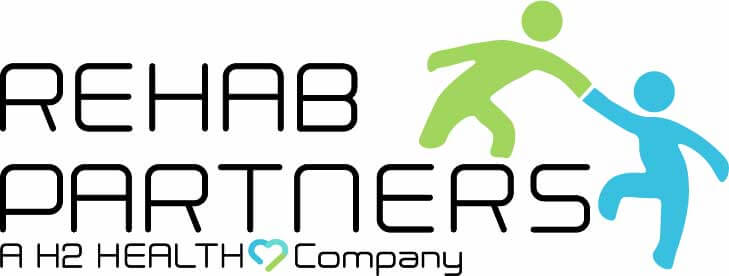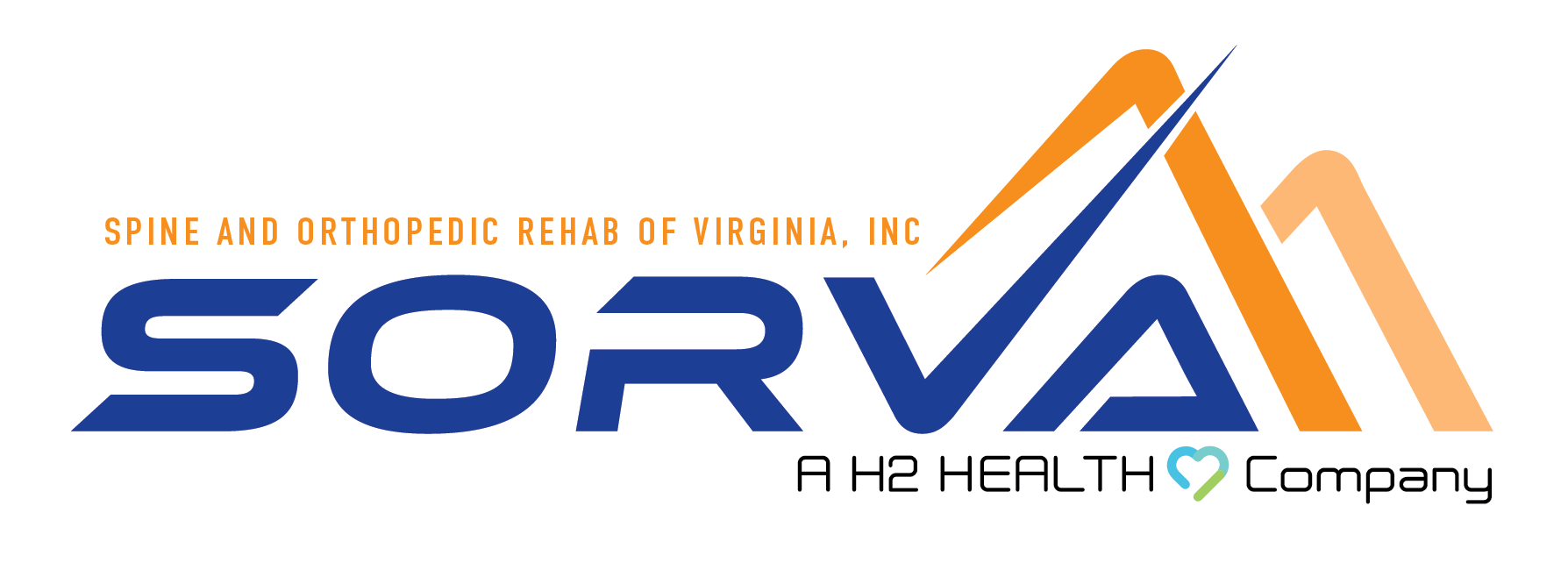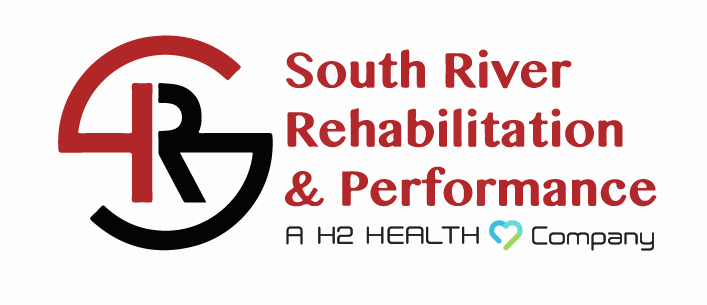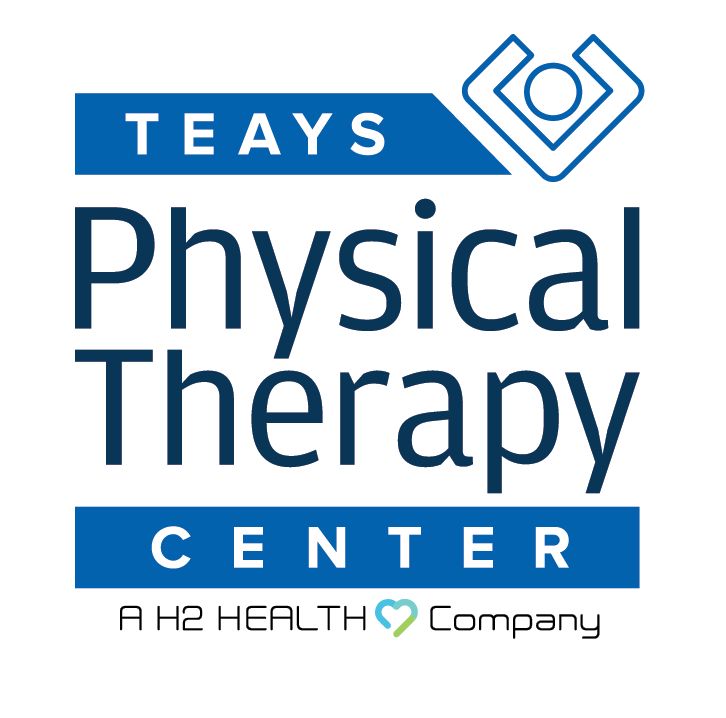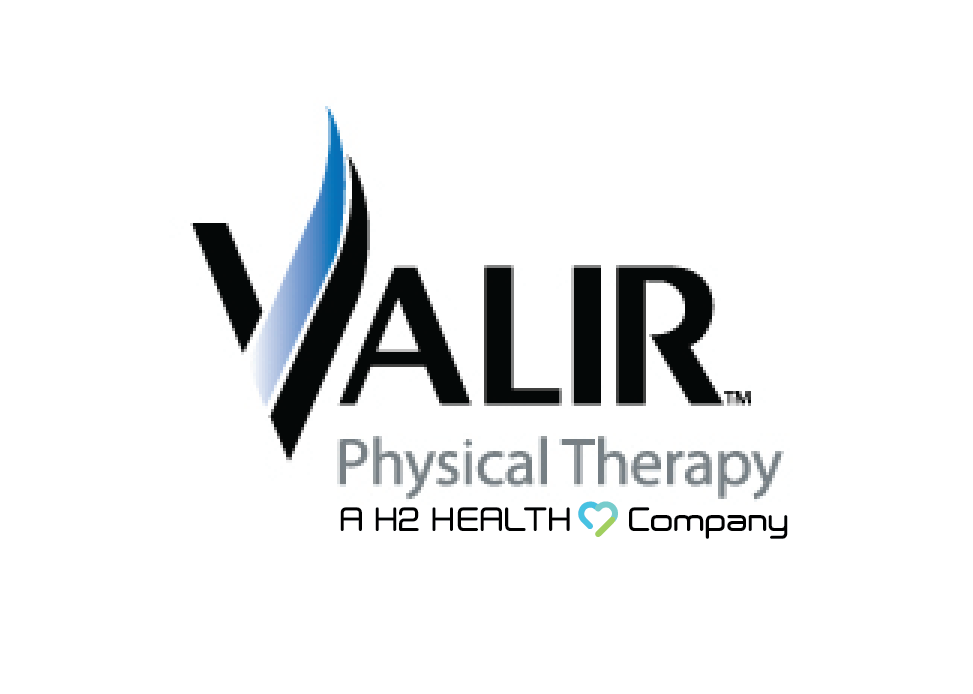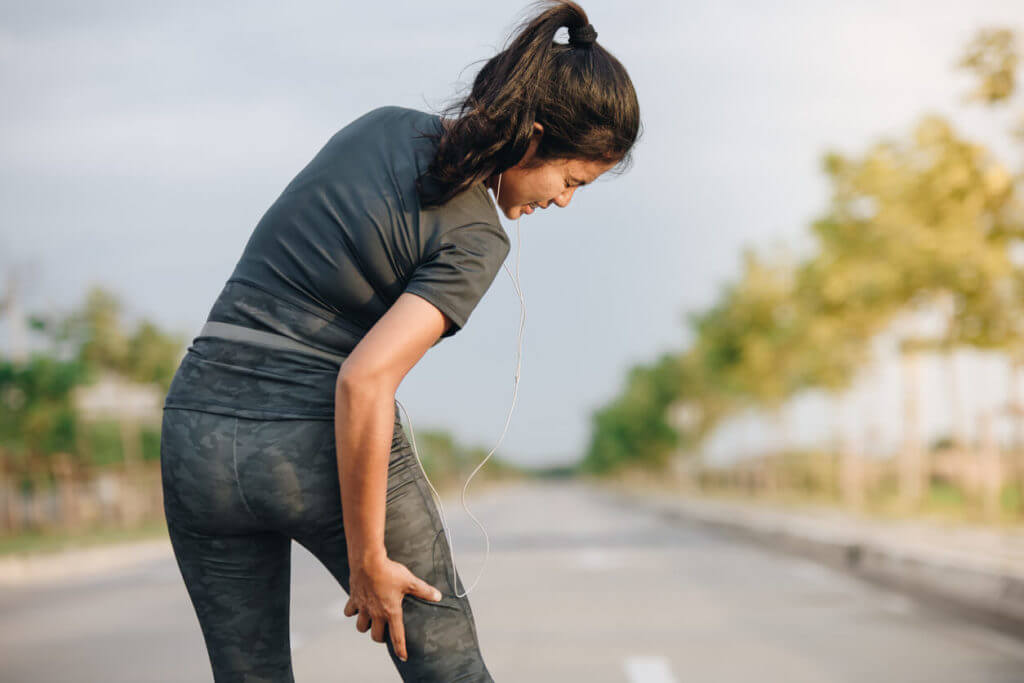
Spring is a time when many people enjoy outdoor sports and activities. With more activity, there is a higher chance of getting hurt while playing sports. These injuries can stop you from training and affect your daily life. Getting the rfight help through sports therapy is very important for healing and staying safe in the future.
Let us learn more about some common sports injuries that happen in spring and how sports therapy can help. We will also discuss how to find a good sports therapist who can create a recovery plan just for you.
Common Spring Sports Injuries and Sports Therapy
Many spring sports injuries happen because people do not warm up properly. They also sometimes push their bodies too much or experience sudden impacts during activities. If these injuries are not treated quickly, they can cause bigger problems over time. Sports therapy is a focused way to help people heal in a safe and effective manner.
With tailored sports therapy plans, you can heal faster, experience less pain, and return to the activities you enjoy. Below are some common spring injuries and how sports therapy can help with recovery.
1. Sprains and Strains
Sprains are injuries to ligaments, the tissue that connects bones, while strains affect muscles or tendons. These occur frequently in activities involving quick directional changes, like soccer or tennis.
Sports therapy starts by helping to reduce swelling using rest, ice, compression, and elevation, also known as RICE. Once the swelling goes down, sports therapists use exercises to strengthen the muscles and tissues. They will also help improve how your joints move and keep them stable. They also teach safe ways to move to lower the chance of getting hurt again and to help with recovery.
2. Shin Splints
Shin splints cause pain along the shin bone, often triggered by running on hard surfaces or wearing improper footwear. Sports therapy involves analyzing how you move to find the main cause of the problem. This may be due to poor running posture or training too much. Therapists create stretching routines, often targeting the calf muscles, to ease tension and reduce pain. They may also use taping techniques to provide extra support and help you recover better.
3. Tendonitis
Tendonitis occurs when tendons become swollen or irritated. It often results from repeatedly performing the same motion, like swinging a racket or throwing a ball.
Sports therapy can help by using treatments like cryotherapy, compression, and manual techniques to control and reduce the swelling. Therapists also guide you through exercises to slowly build tendon strength without making it worse. They teach correct movement techniques to ensure your body moves properly, minimizing the risk of reinjury.
4. Shoulder Injuries
Shoulder injuries can come from repetitive motion, especially in sports like baseball or swimming. These can lead to problems like rotator cuff tears or shoulder impingement.
Effective sports therapy will improve shoulder movement and correct muscle imbalances. Your provider will do this with targeted exercises to make your shoulder stronger and more flexible. They will also teach better posture to reduce strain and lower the chance of future injuries.
5. Knee Pain
Knee pain from sports injuries can appear in different ways. One common type is runner’s knee, which causes a dull ache under the kneecap due to overuse. Another is an ACL tear, a serious injury that can occur suddenly and cause severe instability.
Therapists create customized recovery plans to restore knee movement and function. Their approach helps by strengthening the muscles around the knee, such as the quadriceps and hamstrings. They also use balance and stability exercises to improve control and lower the chance of re-injury.
6. Plantar Fasciitis
This condition causes pain under the heel and often affects runners or those who engage in prolonged walking.
Sports therapy includes using myofascial release and stretching techniques to support recovery between sessions. Therapists provide advice on footwear adjustments or custom orthotics to improve comfort and prevent issues. Recovery exercises are designed to strengthen the lower leg muscles. They help reduce the chance of symptoms coming back.
How to Find the Best Sports Therapist Near You
Choosing the right sports therapist can make a significant impact on your recovery after an injury. Here are some tips to guide you through this process.
Check Credentials and Certifications
Look for a certified sports therapist with qualifications from accredited organizations. This ensures they have the required expertise to provide effective treatment.
Consider Reviews and Recommendations
Look for patient reviews or ask for recommendations from friends or teammates. Positive feedback can indicate a trustworthy therapist who has helped others recover successfully.
Look for Customization and Expertise
Choose a therapist who creates tailored recovery plans based on your needs. They should analyze your specific injury, body mechanics, and personal goals. By doing so, they can offer effective solutions.
Reliable Sports Therapist in Staunton and Waynesboro, VA
Spring sports injuries can put a halt to your seasonal activities. However, with the right sports therapy, recovery is within reach. Tackling injuries with the best sports therapist near you ensures you recover fully while preventing further problems.
At South River Rehabilitation & Performance, a H2 Health Company, we understand the importance of personalized care. We specialize in sports therapy designed to treat a wide range of injuries. Our certified therapists offer complimentary balance and injury screenings to support your recovery and get you back to doing what you love.
To get started, call us today at (800) 699-9395 or use our appointment request form to schedule a consultation. Remember, we offer complimentary screenings to set you on the path to a healthier, pain-free future.
We look forward to serving you!

